Are you looking to save money on produce and enjoy fresh, healthy food from your own backyard? It's time to start your own backyard garden! Don't worry, even if you're a beginner, gardening can be fun and easy to start. Here's a beginner's guide to backyard gardening:
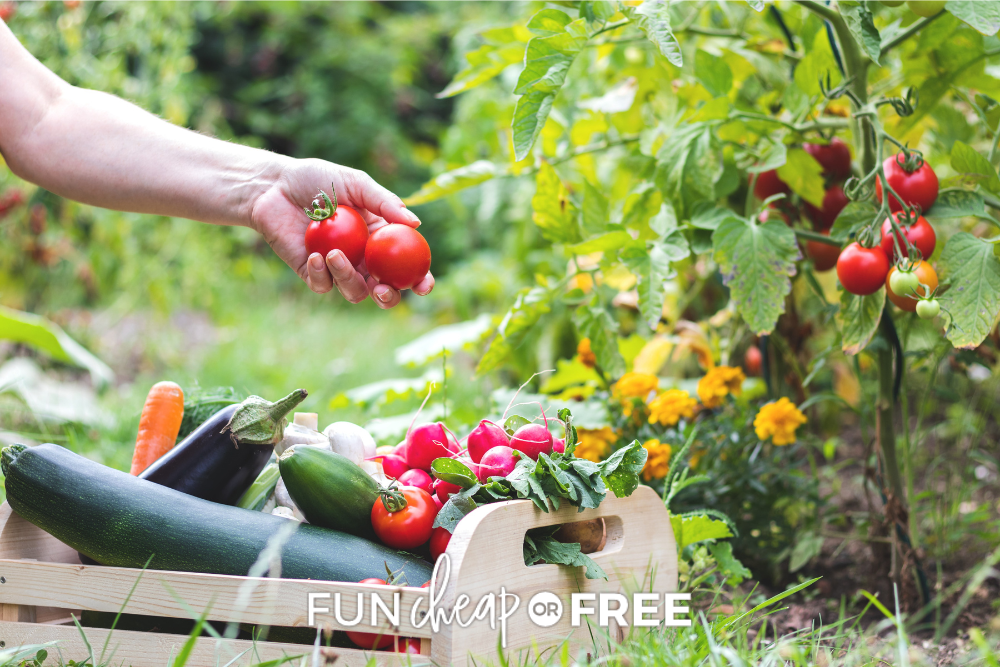
*Note: When you click the links in this post, we may receive a commission at no extra cost to you.
Gardening can be a great hobby that's not only convenient (it's right in your backyard!), it also provides you a fresh source of produce for your family! There are several ways to make gardening more affordable too. First, I'll share the basics of growing your own vegetables. Then I'll list out the easiest plants to start with, and finally I'll share ways to cut down any costs!
1. Location, Location, Location
The first thing you need to consider when starting your vegetable garden is finding the right location. Choose an area that gets at least 6 hours of sunlight per day and has well-draining soil. If you don't have a lot of space, don't worry! You can start small with just a few containers on a patio or balcony.
Remove any rocks, weeds, or grass from the area. Then, loosen the soil and add some compost or organic matter. This will help improve the soil quality and provide nutrients for your plants.
Proper soil preparation is essential for a successful garden. You'll want to remove any weeds, rocks, or other debris from the area. Then, loosen the soil with a garden fork or tiller to a depth of 6-8 inches. After the soil is loosened, add some organic matter to help improve soil quality, such as compost or aged manure. Be sure to mix it into the soil thoroughly.
2. Decide what to plant
If you're new to gardening, choosing which vegetables to plant in your first garden can be a bit overwhelming. With so many options available, where do you even begin?
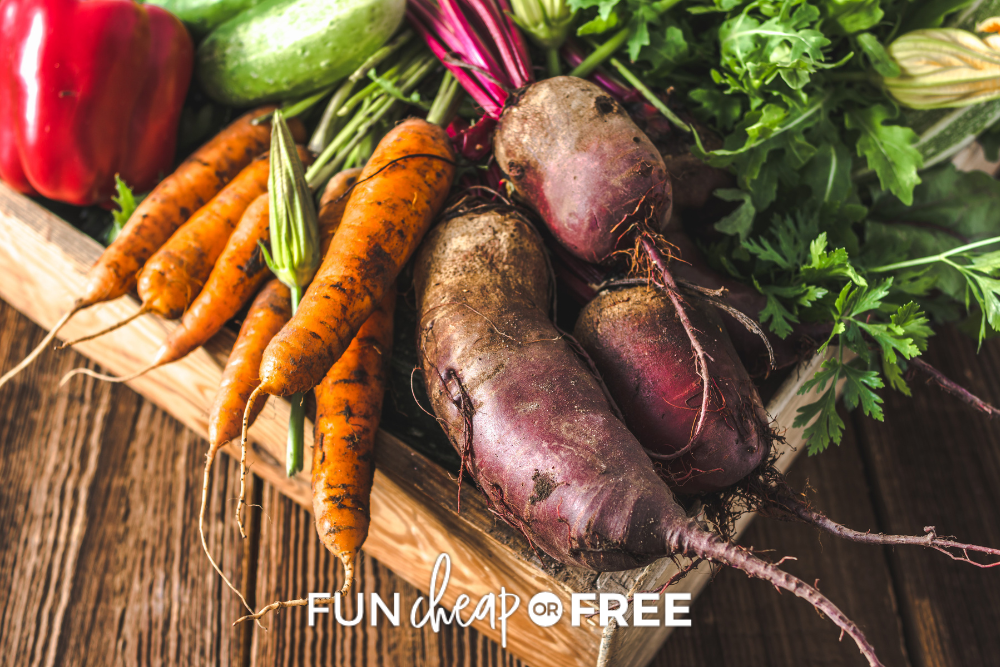
Well, the first thing you'll want to consider is your location. Different vegetables thrive in different climates and soil types, so it's important to choose plants that are well-suited for your area. Do a quick search online or visit your local nursery to find out which vegetables are best to plant in your location.
Next, you'll want to think about the amount of sunlight your garden will receive. Some plants require full sun, while others can tolerate partial shade. Be sure to choose vegetables that will thrive in the amount of sunlight your garden gets.
Finally, you'll want to think about what you and your family enjoy eating. There's no point in growing vegetables that no one in your household likes to eat! Choose veggies that you know you'll enjoy cooking and eating as part of your meals.
Some easy vegetables to start with for beginners include tomatoes, cucumbers, zucchini, green beans, and lettuce. These are all relatively simple to grow and are versatile in the kitchen. I will break down a list of the top vegetables to start with in a backyard garden below!
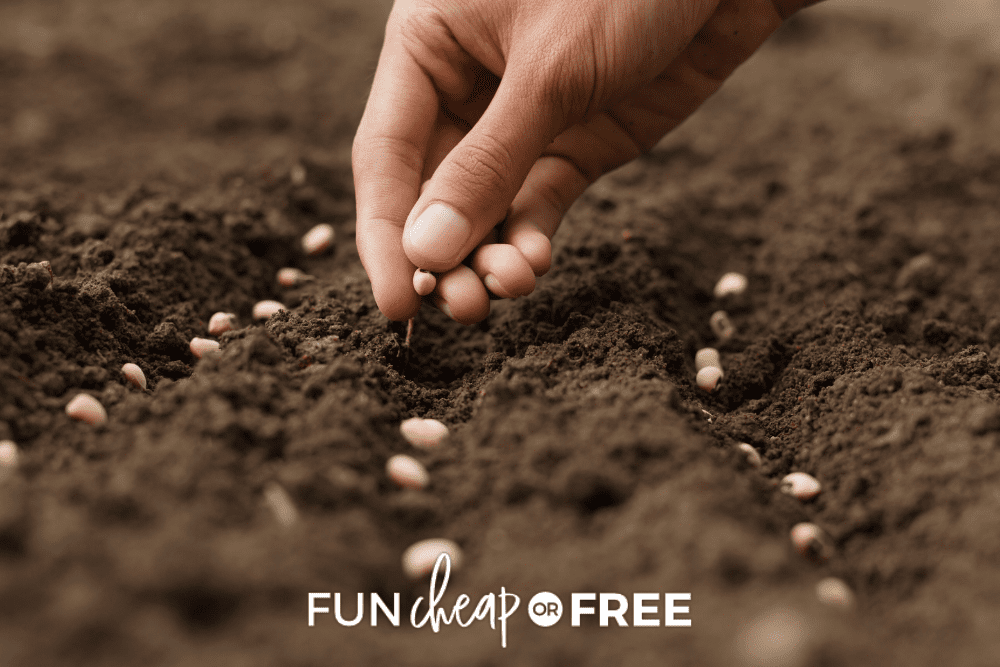
3. Plant the seeds!
When the weather is warm enough that there is not more threat of frost on the horizon, it's time to plant your seeds!
All of your seeds will come in a package with instructions – read them! Different vegetable seeds require different planting depths and spacing. The seed packet will give you the information for the amount of sunlight needed, the depth to plant them, and how far apart to place them.
For small seeds, make a small indentation in the soil with your finger or a pencil and drop the seeds in, spacing them according to the package instructions. For larger seeds, like those of beans or peas, you can simply push them into the soil with your finger.
Consider using plant markers or labels to keep track of what you planted and where. You can buy fancy ones at a gardening store or on Amazon or Etsy, OR you can just make some out of popsicle sticks and a permanent marker!
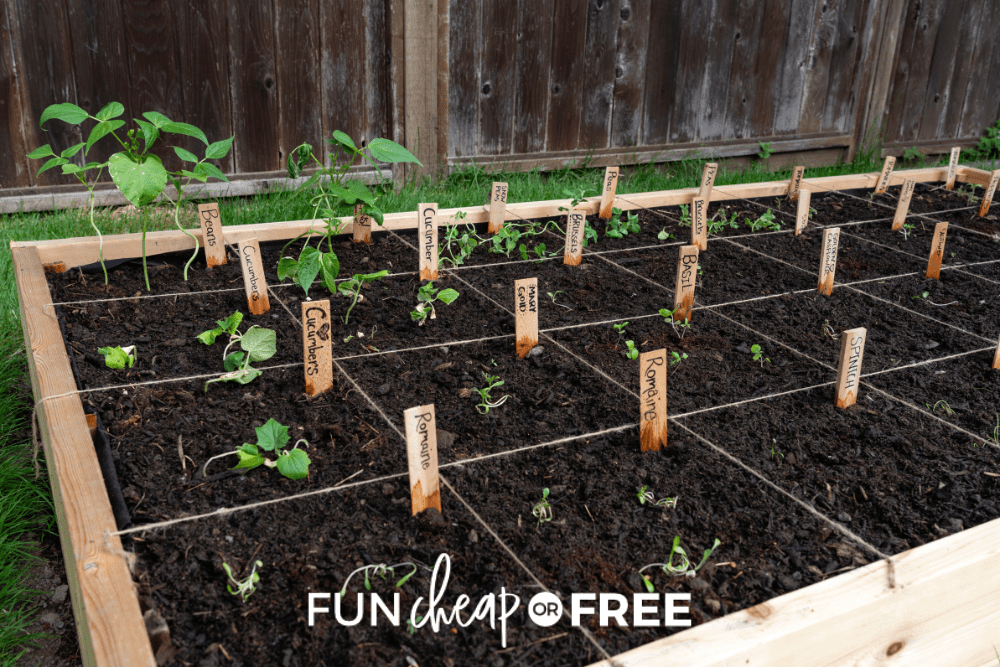
After planting, water the seeds thoroughly so they can germinate. Keep the soil moist but not waterlogged.
4. Water and Maintain
Water your plants regularly, making sure not to over or under-water them. A good rule of thumb is to water deeply once a week. In addition, fertilize your plants every few weeks with an organic fertilizer. This will provide essential nutrients to help your plants grow strong and healthy.
Once your vegetables are planted, you'll need to care for them regularly. This means watering, weed removal, and fertilizing. Water your plants deeply to encourage deep root growth, and make sure to water them when the top inch of soil feels dry. Weed removal is important to prevent competition for nutrients and water. Fertilize your plants regularly with a balanced fertilizer to help them grow healthy and strong.
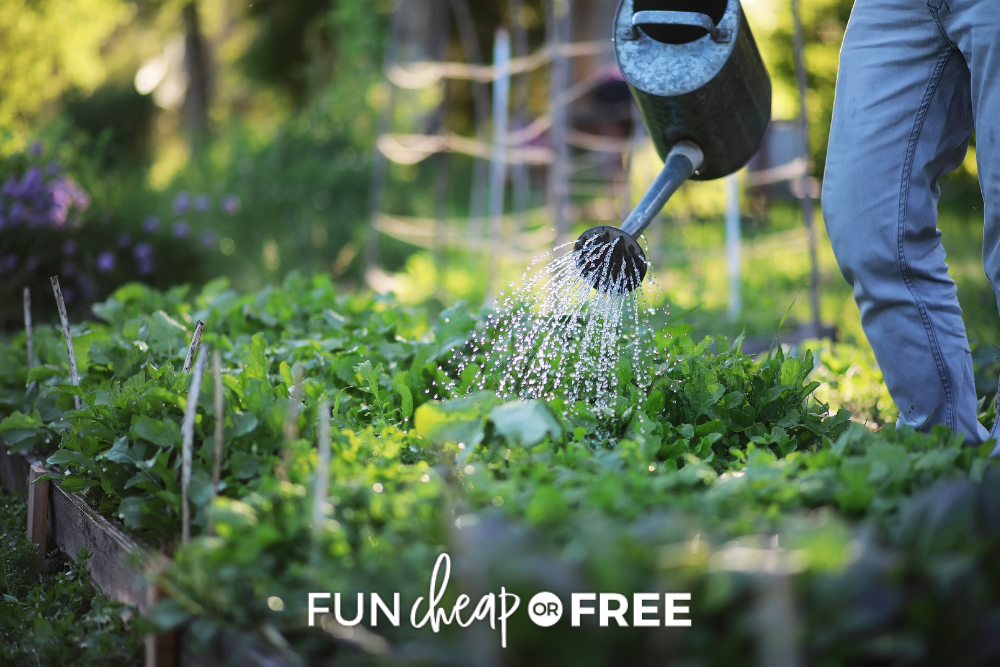
5. Harvest Your Veggies!
The BEST part of the whole experience – finally getting to pluck ripe produce from your garden bed and bringing it into your kitchen!
It's important to harvest your vegetables at the right time to ensure they're at the peak of ripeness and flavor. Most vegetables will be ready to harvest when they're fully grown, firm, and brightly colored. However, be sure to check each vegetable's specific harvesting guidelines to ensure you're picking them at the right time.
Once you've harvested your vegetables, be sure to clean them thoroughly to remove any dirt or debris. You can rinse them with water or gently wipe them clean with a damp cloth. If you're not going to use your vegetables right away, it's important to store them properly to ensure they stay fresh. Some vegetables, like tomatoes and cucumbers, are best stored at room temperature, while others, like lettuce and green beans, should be stored in the refrigerator. Be sure to check each vegetable's specific storage guidelines to ensure they stay fresh as long as possible.
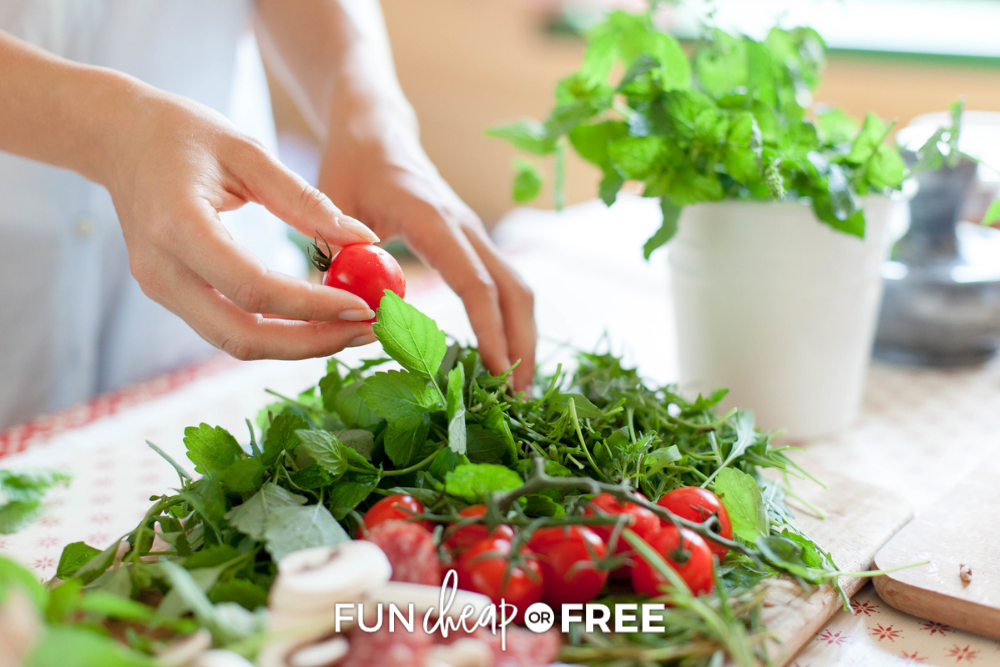
If you've harvested more vegetables than you can use right away, consider preserving them for later. You can freeze your veggies, can them, or make jams, sauces, or pickles with them. We have so many resources for you over on Shelf Cooking to take advantage of so that you don't waste any of your precious homegrown goods!
Best Beginner Plants For Your First Garden
There are several beginner-friendly plants that you can grow in your backyard garden. Here are a few ideas:
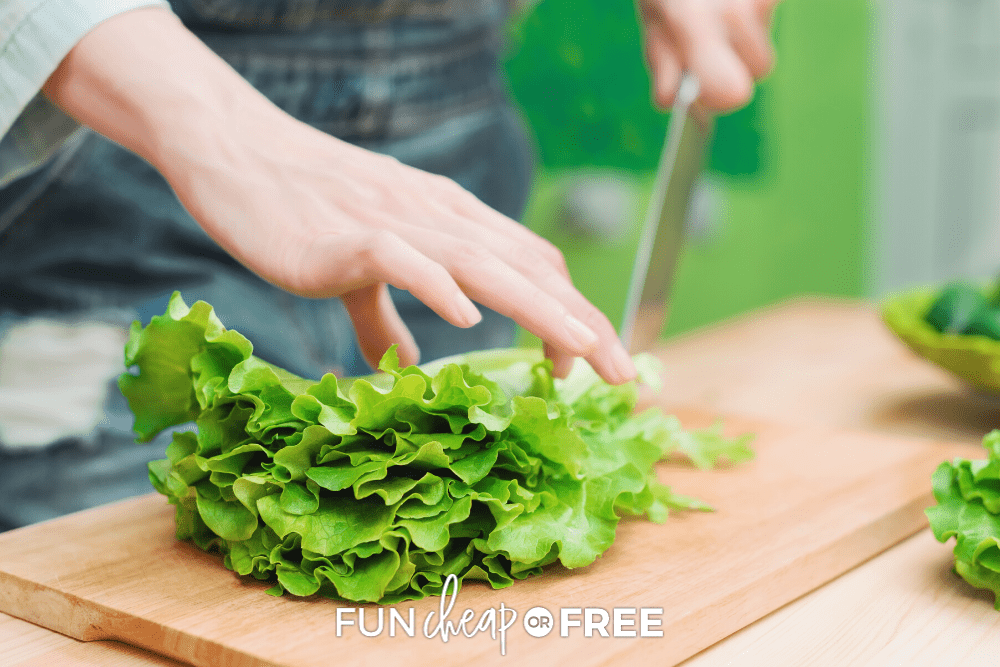
1. Tomatoes – Tomatoes are one of the easiest plants to grow and can produce a lot of fruit. They're also versatile and can be grown in containers or in the ground.
2. Lettuce and other leafy greens – These plants are easy to grow and can be harvested multiple times throughout the growing season.
3. Cucumbers – Cucumbers are another easy-to-grow plant that can produce a lot of fruit. They require regular watering and plenty of sunlight.
4. Beans – Beans are a good beginner plant because they grow quickly and don't require a lot of maintenance.
5. Herbs – Herbs like basil, mint, and parsley are easy to grow and can be used in cooking. They're also great for adding flavor to your garden.
Remember, it's important to choose plants that are suited for your local climate and growing conditions. Don't be afraid to ask for help at your local nursery or gardening store to make sure you're choosing the right plants for your garden.
Ways To Make Gardening More Affordable
Like any hobby, there will always be some cost of supplies to start. Gardening is unique in that you LITERALLY reap what you sew, so your initial investment will ultimately lead to “free” produce! However in order to help cut down on costs, here are some ideas:
- Share seed packets: more often than not, a packet of seeds comes with SO MANY MORE than you can possible plant in one season. Split them with a neighbor or friend to cut down on half the cost of seeds!
- Make your own soil: Soil from the gardening center can be quite expensive, but you can supplement some of it by making your own compost out of your kitchen scraps! Soil is what provides nutrients to the seeds, so often times you can use banana peels, eggshells and other kitchen scraps to boost your garden's soil content for FREE.
- Ditch the fancy tools: You don't need every gardening tool that the stores offer; I make do with a simple pair of gardening gloves that can be tossed in the washing machine, a trowel, some pruners, and that's it!
- Use recycled containers: Raised garden beds are all the rage, but guess what? Plants grow just as well in an old tire, pallet, or any other recycled object! Small plants like herbs can even be grown in a milk jug that's been chopped in half!
- Join a garden club: find a local gardening club to share knowledge, equipment, and plants. Plus make great friends and learn from their gardening experiences!
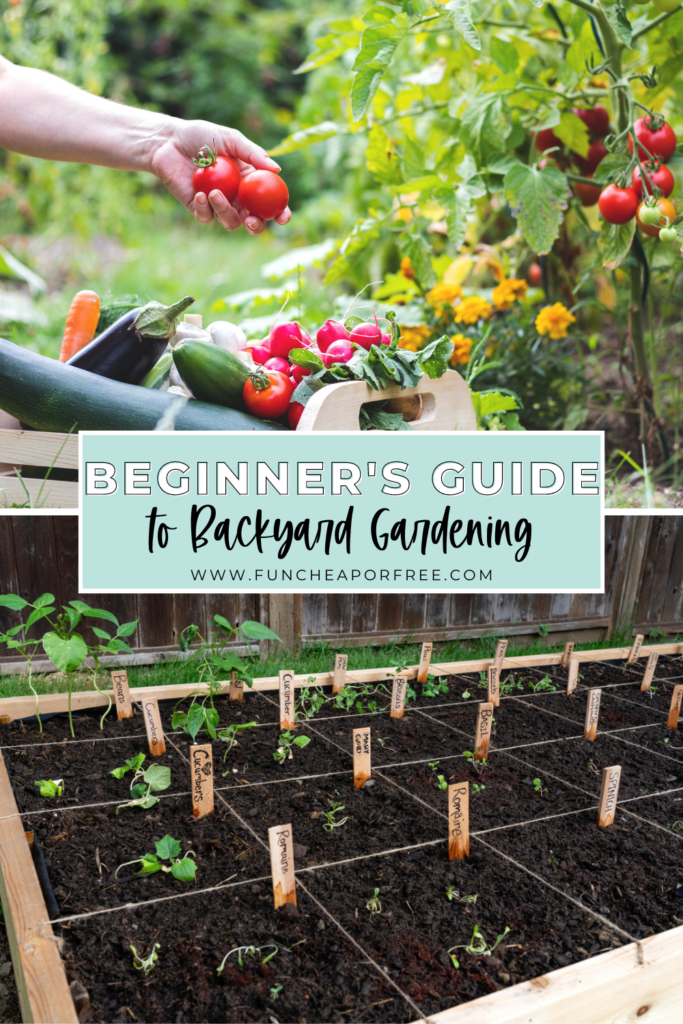
You might also love these blog posts!
- How to Set Goals (and ACTUALLY Keep Them!)
- 21 Self Care Ideas That Are Not Only Cheap, But They Will Also Boost Productivity!
- 15 Natural Remedies to Nip Those Seasonal Allergies In The Bud!
Starting your own vegetable garden may take a few tries before you feel confident, but with these tips, you'll be well on your way to a bountiful harvest in no time. Happy gardening!

Love the ideas!
“I’ve been wanting to start a backyard garden, but I’m not sure how to plan and organize it effectively. Do you have any advice on designing a beginner-friendly backyard garden and choosing the right plants for my space? Thanks for any tips you can provide!”